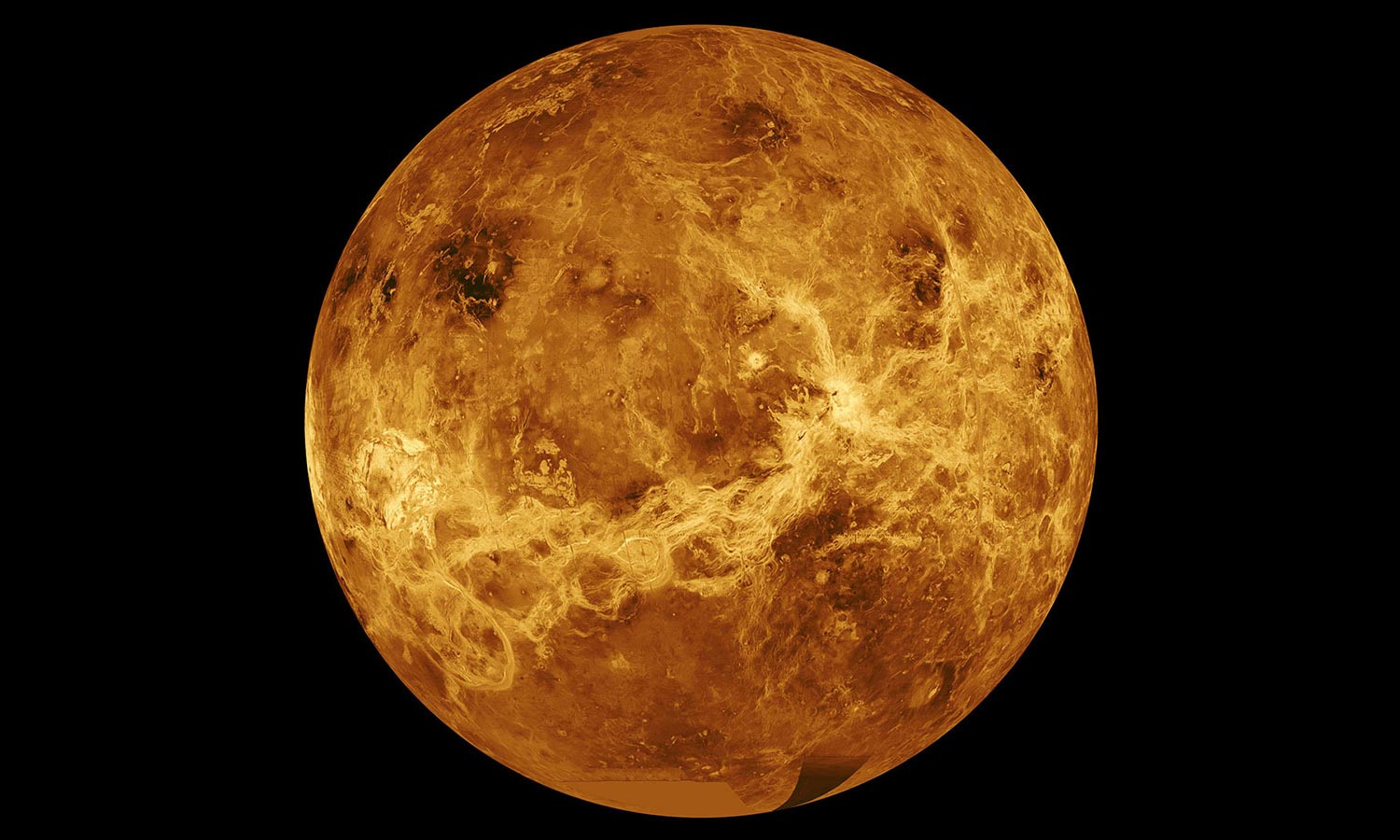
An international team of researchers has found that some of the oldest terrain on Venus, known as tesserae, have layering that seems consistent with volcanic activity.
Tesserae are tectonically deformed regions on the surface of Venus that are often more elevated than the surrounding landscape.
In a new study appearing in Geology, the researchers show that a significant portion of the tesserae have striations consistent with layering.
“There are generally two explanations for tesserae – either they are made of volcanic rocks, or they are counterparts of Earth’s continental crust,” says Paul Byrne, associate professor of planetary science at North Carolina State University and lead author of the study.
“But the layering we find on some of the tessera isn’t consistent with the continental crust explanation.”.
A simulated view from above Tellus Tessera, one of the regions on Venus where Byrne et al.
And according to Byrne, that layering would not be possible if the tesserae were portions of continental crust.
“Continental crust is composed mainly of granite, an igneous rock formed when tectonic plates move and water is subducted from the surface,” Byrne says.
If there’s continental crust on Venus, then it’s below the layered rocks we see.
“Aside from volcanic activity, the other way to make layered rock is through sedimentary deposits, like sandstone or limestone.
The surface of Venus is as hot as a self-cleaning oven and the pressure is equivalent to being 900 meters (about 985 yards) underwater?
So the evidence right now points to some portions of the tesserae being made up of layered volcanic rock, similar to that found on Earth.”.
“While the data we have now point to volcanic origins for the tesserae, if we were one day able to sample them and find that they are sedimentary rocks, then they would have had to have formed when the climate was very different – perhaps even Earth-like,” Byrne says.
Reference: “Venus tesserae feature layered, folded, and eroded rocks” by Paul K.
September 14, 2020
September 13, 2020
